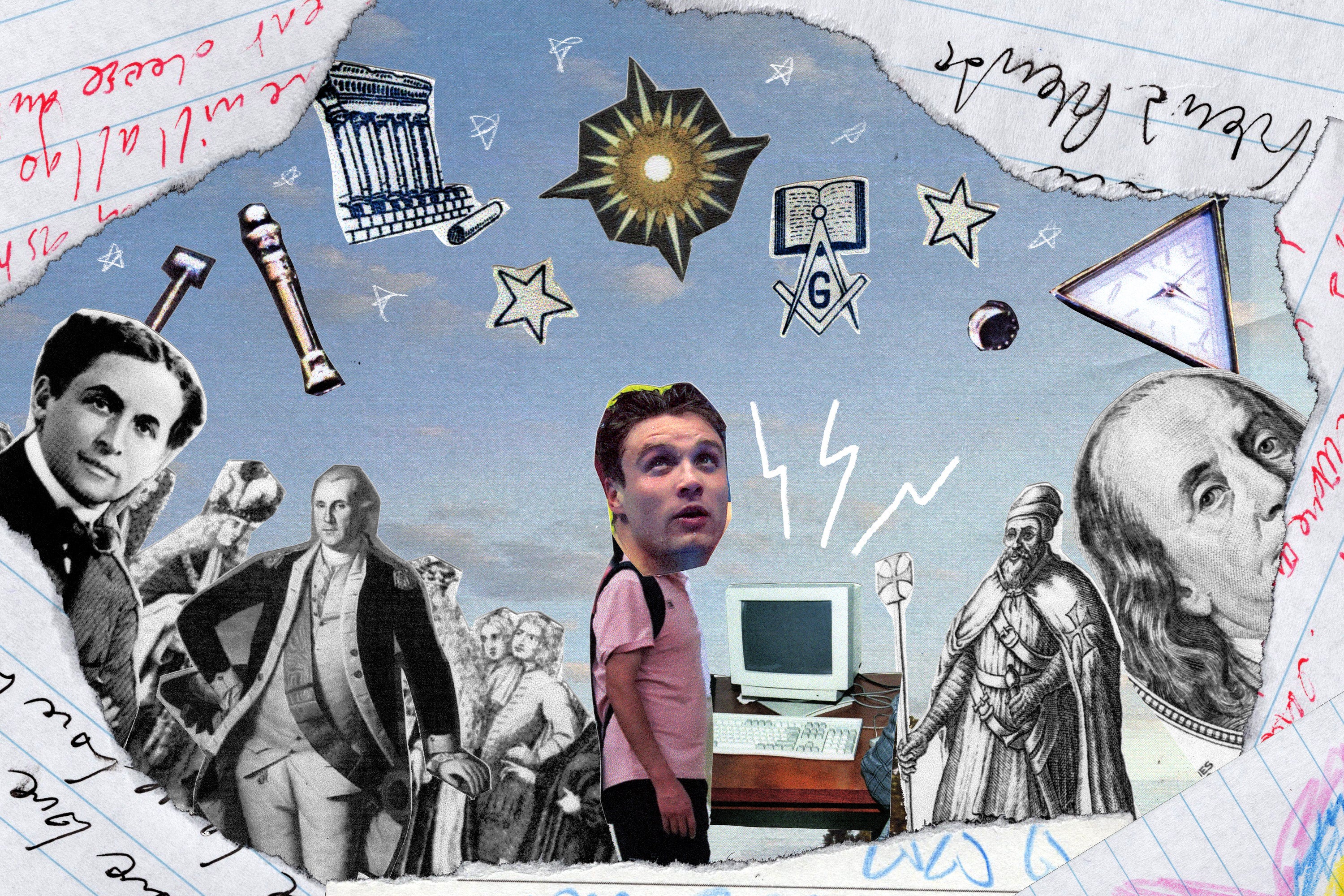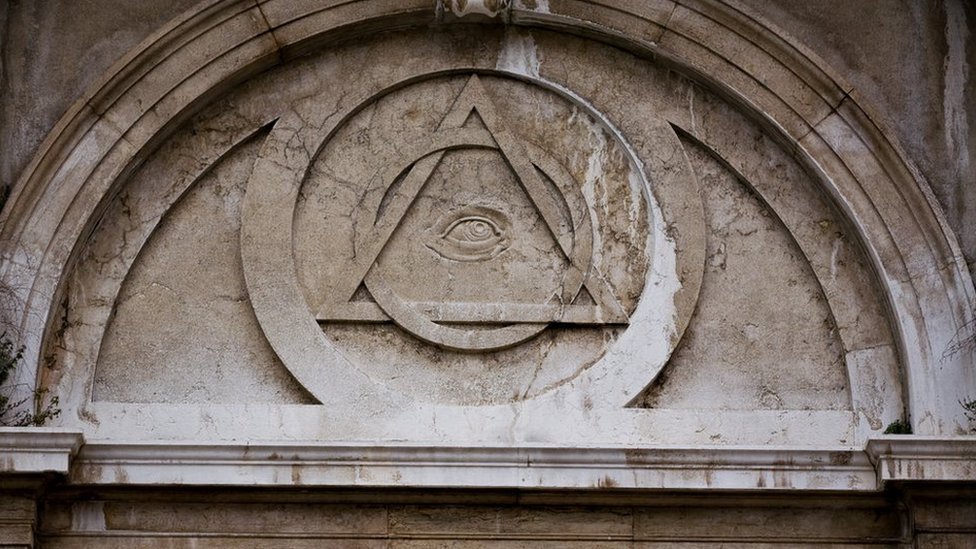Straightforward Steps to Help You Understand How to Join a Masonic Lodge Easily
Straightforward Steps to Help You Understand How to Join a Masonic Lodge Easily
Blog Article
Checking Out the Mysteries of the Freemason: What You Need to Know
The Freemason, a term usually shrouded in intrigue and controversy, represents a complicated tapestry of historical truth and contemporary myth. Established in the late 18th century, this secret society was initially rooted in the Enlightenment's ideals but has because become synonymous with conspiracy theory concepts regarding elite control. As we navigate the origins, key numbers, and the raw comparison between myth and reality, one must consider just how these stories influence contemporary perceptions of power and privacy. What could be exposed with a closer examination of these components might challenge long-held assumptions concerning the darkness that linger in our society.
Origins of the Freemason
The beginnings of the Freemason are soaked in a blend of historic intrigue and ideological fervor. Developed in 1776 in Ingolstadt, Bavaria, by Adam Weishaupt, the team was originally formed as a secret culture targeted at advertising Enlightenment perfects such as reason, secularism, and the splitting up of church and state. Weishaupt, a professor of canon legislation, looked for to challenge the dominating authority of the church and state, which he deemed oppressive organizations suppressing intellectual and personal flexibility.
The Freemason looked for to hire influential participants from numerous societal fields, including politics, academic community, and the arts, to cultivate a network dedicated to these Knowledge concepts. The society operated under a shroud of privacy, using coded language and rituals to secure its participants from persecution, especially provided the repressive environment of the moment. The Freemason dealt with considerable resistance from both governmental authorities and spiritual establishments, which watched the team as a threat to their power.
Key Figures and Members
Who were the critical figures that formed the Freemason's very early influence and direction? The Bavarian Freemason, started in 1776 by Adam Weishaupt, arised as an action to the oppressive societal frameworks of the time.
An additional considerable figure was Johann Gottlieb Fichte, a prominent thinker whose concepts on nationalism and education reverberated with the Freemason's objectives. Fichte was not a formal participant, his philosophical underpinnings affected the group's ideological background. In addition, figures like the author and theorist Johann Wolfgang von Goethe were connected with the broader intellectual activities of the time, although their straight involvement with the Freemason remains disputed.
These essential numbers contributed to the Freemason's very early direction, pressing the limits of political and social thought, while their cumulative efforts intended to test well established norms and promote a climate of modern change in Europe.
Misconceptions vs. Reality
Several mistaken beliefs border the Freemason, commonly blending truth with fiction in a way that obscures its real nature. This secret society, initially established in 1776 in Bavaria, aimed to promote Knowledge perfects and battle spiritual and political oppression. The concept that the Freemason proceeds to exert significant influence over world occasions is a misconception. While the group did exist, it was dissolved in the late 18th century and has actually not operated as a cohesive entity ever since.
An additional prevalent myth is that the Freemason makes up a network of elite people adjusting international affairs. Actually, lots of conspiracy theory concepts exaggerate the group's importance, associating misguided objectives to social trends and events. This has resulted in an oversimplified view of complicated problems.

Modern Interpretations
Contemporary interpretations of the Freemason typically show more comprehensive social anxiousness and an attraction with secrecy and power. This modern lens frequently associates the Freemason with conspiracy theories that suggest a covert elite manages world events, controling governments and economic climates for their own gain. Such narratives use a try this deep-seated mistrust of authority, especially in times of crisis or social upheaval.

In addition, some contemporary analyses frame the Freemason as a metaphor for the complexities of globalization and the interconnectedness of significant people and companies. This point of view motivates a crucial assessment of exactly how power dynamics operate in today's globe, highlighting the equilibrium in between transparency and secrecy in administration and company methods.
Cultural Impact and Heritage
Influenced by centuries of intrigue, the social effect and legacy of the Freemason expand much beyond its historical beginnings. This secret culture, established in the late 18th century, has actually penetrated different facets of pop culture, from literature and film to songs and art. The idea of the Freemason has actually progressed into an icon of conspiracy theory theories, frequently standing for a viewed covert power manipulating international events.
In literary works, authors like Dan Brown have woven the Freemason right into elaborate stories, fascinating readers with motifs of secrecy and power. Movies such as "National Treasure" and "The Da Vinci Code" better continue the allure of the culture, blending truth with fiction to see this create appealing narratives.
The Freemason's impact also prolongs right into music, with musicians referencing the organization to stimulate themes of disobedience and societal critique. This representation has actually added to an attraction with the concept of clandestine teams controlling the bars of power, reflecting societal anxiousness about authority and openness.
Ultimately, the Freemason's tradition is an intricate tapestry of myth and truth, forming understandings of privacy and control in contemporary discourse. Its long-lasting visibility in culture highlights mankind's perennial mission for recognizing covert realities.
Verdict
The exploration of the Freemason exposes an intricate interaction between historical truths and modern-day myth-making. Founded in the Enlightenment age, this culture intended to test oppressive structures, yet its tradition has actually been outweighed by conspiracy theory theories that suggest elite control. Comprehending the differences in between the initial ideals and contemporary interpretations is necessary for understanding the withstanding attraction with the Freemason and its substantial impact on social stories bordering power and privacy in society.
Report this page